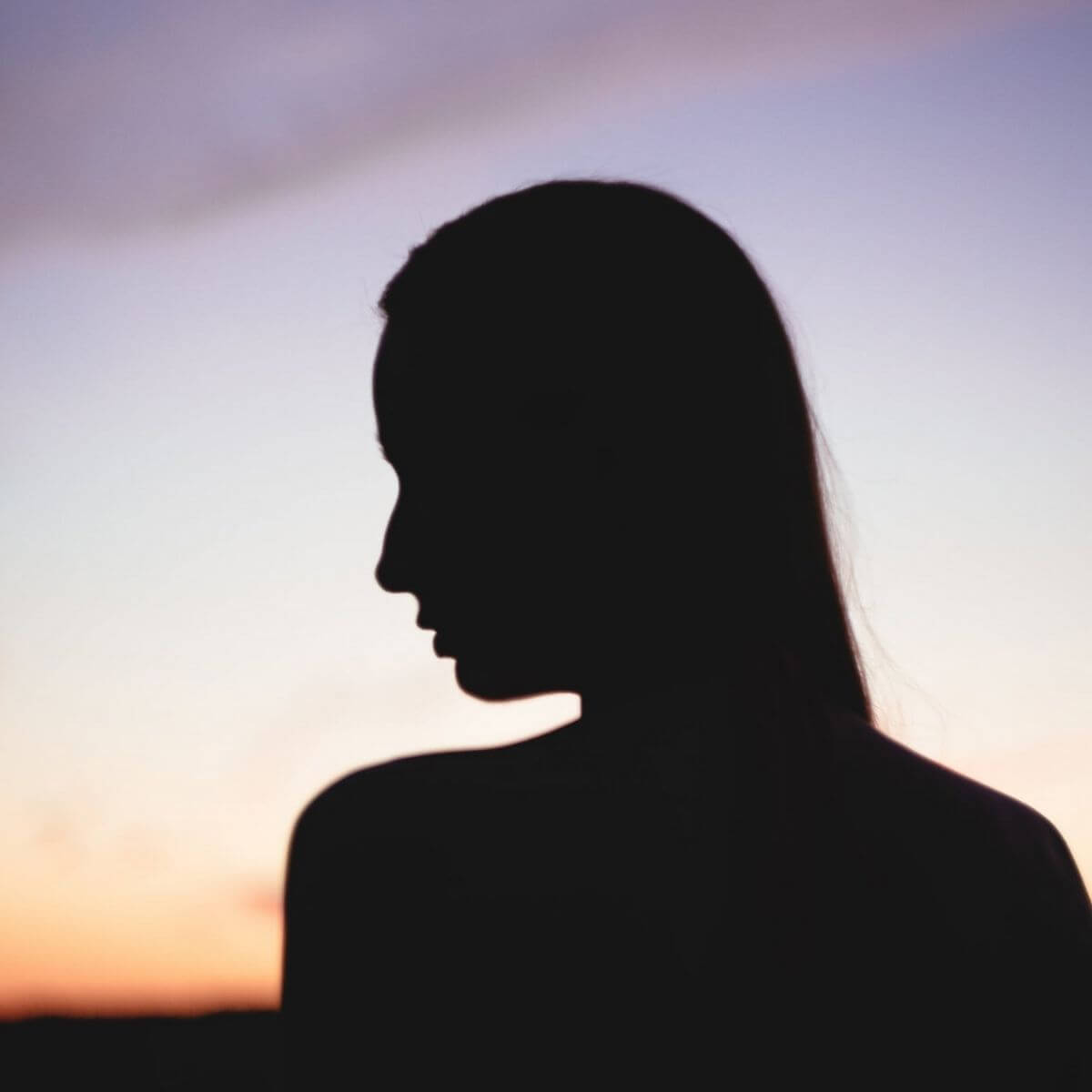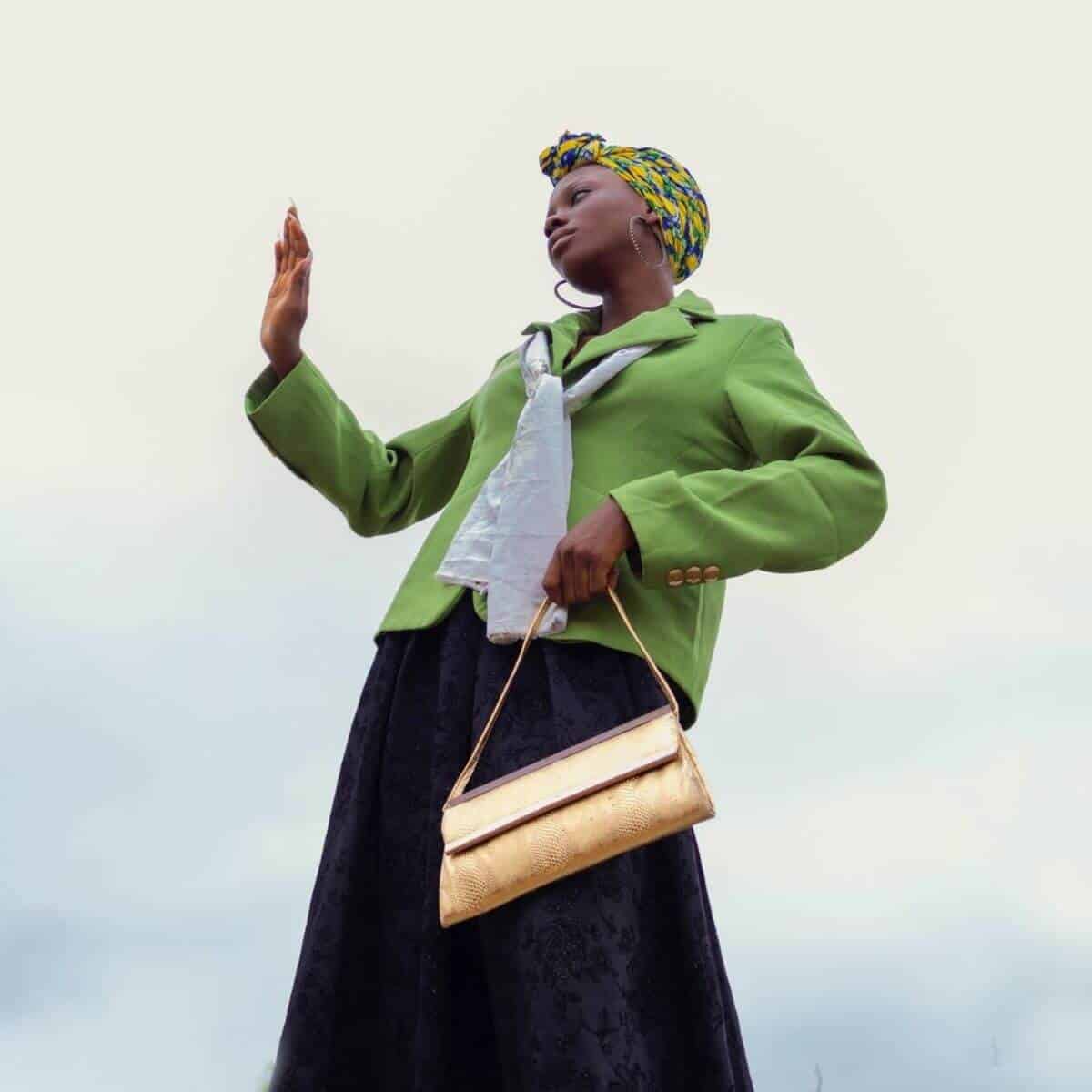Figure-to-ground is a compositional technique, which focuses on the contrast between the subject and the background.

Why figure-to-ground is important
Figure-to-ground is a technique that improves your composition, and you may already be using it. The purpose of this technique is to create a strong contrast between the subject and background.
Related: Beginner’s guide to composition
When there’s a contrast in an image, there’ll be a distinct difference between the subject and other elements.
The distinction between a subject and the background is important because it’ll be clear to the viewer, which will help them easily comprehend what’s going on.
When you’re photographing portraits, storytelling is the key to interesting photos. You can effortlessly convey a story, idea, or action by utilizing contrast.
How to use figure-to-ground
You can use the technique by photographing a dark subject with a light background or a light subject with a dark background.
Related: What’s exposure bracketing in photography?
Light and darkness are the main ways to create contrast. However, there are other methods, such as the use of colors and tones.
The following image is an example of using color to create a contrast. It shows a woman wearing a green top and black pants, while the background is a light grey and blue color.

When you use the figure-to-ground technique properly, your subject will easily stand out, and they won’t be washed out or blend in with the background.
Using a shallow depth of field will also help you create contrast because it’ll blur a portion of the image. If you’re shooting a portrait, using selective focus on your subject will blur out the background.
Additionally, you can use different editing tools to enhance the image and create more contrast.
In Lightroom or Photoshop, you can use boost the contrast, change the highlights and shadows, and manipulate colors. You can also use editing techniques, such as the dodge-and-burn technique to lighten and darken different areas.
Can there be too much contrast?
Although high-contrast pictures can be a photography style, it’s possible to go overboard. There are times where it looks good, and others where it doesn’t.
If you add too much contrast, you’ll notice it because the image will look fake. Yes, some contrast is needed, but be careful with how much you add.
Another way to see if you’ve added too much contrast is to see if a part of the image has disappeared into complete darkness.
For example, increasing the contrast on a portrait of a person with dark hair on a dark background may cause their hair to blend in with the background.
The figure-to-ground technique is an excellent way to make your images more interesting. You must be careful with adding too much contrast because you may lose important details.
Related: How to take aesthetic photos
Conclusion
The figure-to-ground compositional technique is a powerful way to add layers and interest to your images. The contrast that it creates makes your image come to life because it adds depth and dimension. Take the intentional step to use it often, and watch how your photos improve.
Featured image courtesy of Pexels.
